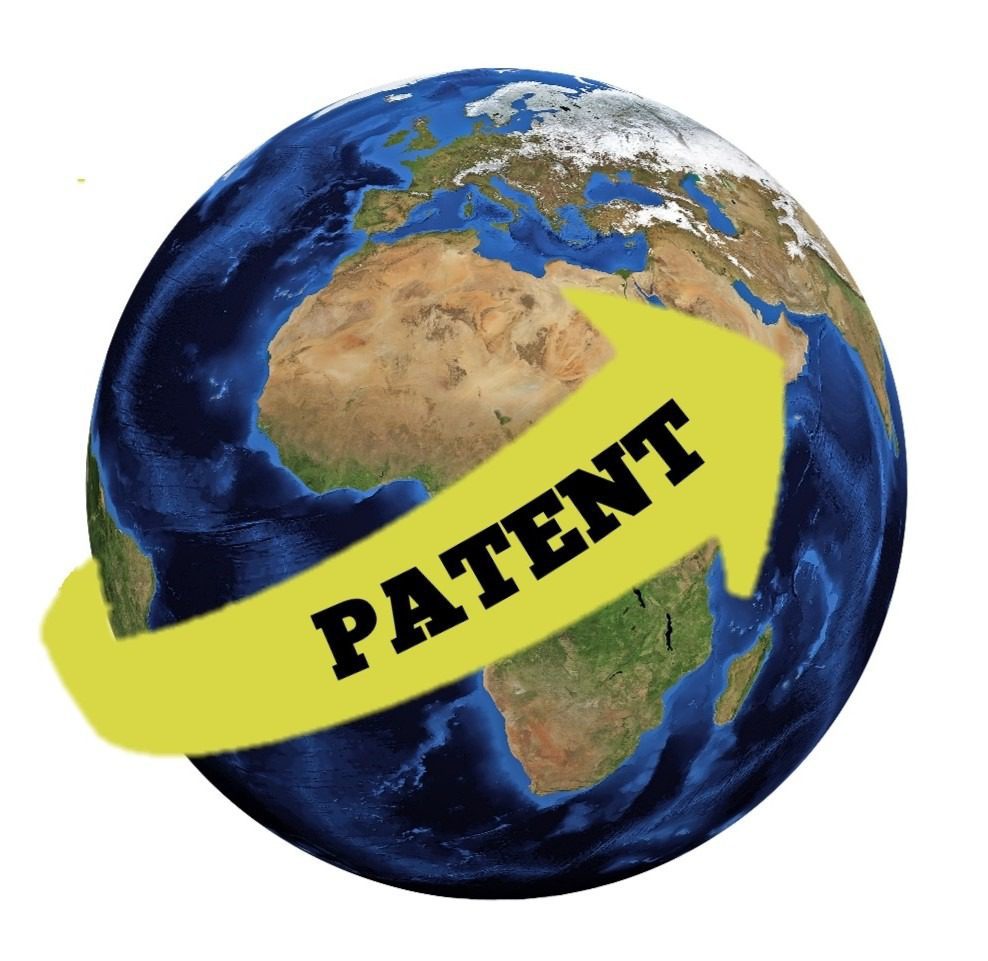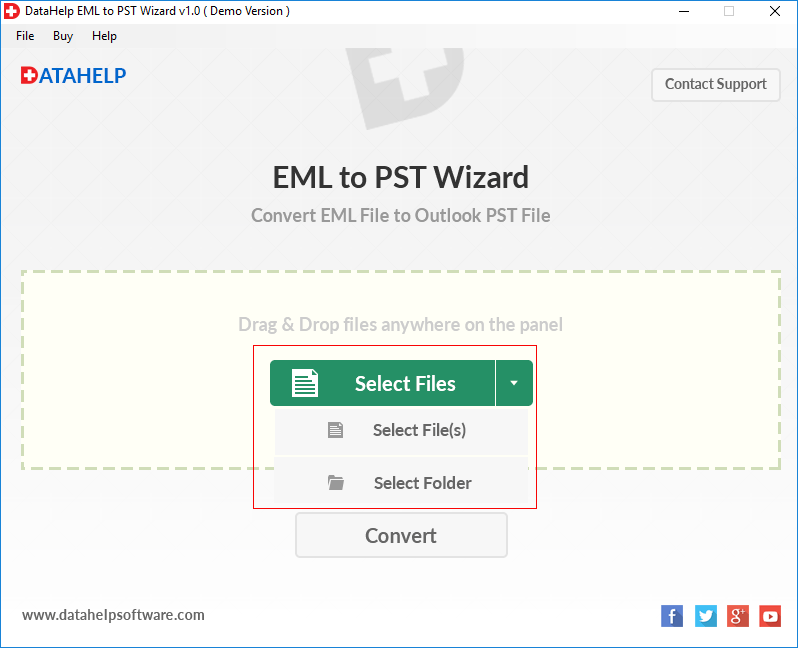
There are two times a new invention can be totally secure. First is when it’s still in the inventor’s mind and the second is when a patent has been obtained for it.
A patent when granted protects novel products or services from being used or replicated without the inventor’s consent. Patents generally can be very beneficial to startups and SME’s and maybe an integral part of a business in the long term.
Seeking a patent that is enforceable in more than one country—often referred to as an international patent— is a logical step to follow where your invention has a maximum commercial opportunity in multiple countries of the world. However, obtaining an international patent is filled with intense complexities.
Thus, here are a few things that every investor should know when seeking to obtain foreign patents in different countries.
WHAT EVERY INVENTOR SHOULD KNOW ABOUT FOREIGN PATENTS
Just like in patent application procedure at the national level, understanding basic workings of the patent process when filing in multiple countries is essential for every inventor. Therefore, it is important to be aware of the following concepts.
AN INTERNATIONAL PATENT DOES NOT EXIST
While a patent can be obtained in multiple countries, there is nothing like an international patent, in the real sense of the word. A patent is a territorial right and can only be granted by an individual country and enforceable within its jurisdiction.
The patent application commonly called “international application” is authorized by the Patent Cooperation Treaty (PCT) and filed simultaneously in its 153 member States.
This means that the PCT provides a convenient uniform process to obtain patents individually in its member states. This PCT patent application comes close to being an international application as it reserves your right to later file in several countries.
CRITERIA FOR A PATENT
What is patentable and the criteria for the granting of a patent differ between countries. In most states, inventions that are scientific theory, mathematical methods, medical procedures, and methods are non-patentable.
The widely accepted criteria to determine patentable inventions include that the invention must be novel and not previously established to the public in any form. Any previously established information about a particular invention is known as ‘prior act’ and can defeat a patent application.
Also, the invention must have some identifiable benefit and capable of industrial application.
DURATION OF A PATENT
Successfully obtaining foreign patents can take over six years. And when a patent is granted, it runs for a period of twenty years (subject to maintenance) before it expires. After expiration, your invention will fall into the public domain and anybody may use it without your permission.
COST OF INTERNATIONAL PATENTS
Foreign patents are usually very expensive. However, the cost varies depending on the route you follow, the foreign countries involved, and a number of other factors.
If you use the Paris Convention a.ka. Direct Filing route, the costs will depend on each country and this largely varies.
The cost of PCT application, on the other hand, can range from $3000 to $4500. Additional fees to the application can be as high as $3,340.
Then there are other fees like government fees of the desired countries where the patents are sought, attorney fees, translation costs in countries with a different language, and maintenance fees.
Due to the high costs of international patents, it’s best to seek expert advice to be sure that the time and money you will expend in the process don’t outweigh the potential upside.
GET LEGAL ASSISTANCE
While you’re allowed to file and follow through a patent application on your own, except in few jurisdictions, it is not advisable. The complexity of the whole patent process and the legal skills and expert experience required makes it important to get legal assistance immediately you conceive your invention.
WAYS FOREIGN PATENTS CAN BE OBTAINED
After you have decided that a foreign patent is right for your business, you can file for it in different foreign jurisdictions in a couple of ways.
One of the ways to obtain foreign patents is by obtaining a regional patent.
There are some regions with regional patent organizations that grant regional patents enforceable within the member states that make up such regional organizations. These patents have the same effect as regular domestic patents granted within each of the member states of that regional organization. Examples of regional patent organizations are the European Patent Organization (EPOrg) and the African Regional Intellectual Property Organization (ARIPO).
In effect, when a regional patent is obtained, it will cover all the member states of that regional organization for which the patent is granted. However, such a patent must be ratified in each country of interest that it covers.
Another way to obtain a foreign patent is by filing a Paris Convention application.
The Paris Convention, adopted in 1883, allows an applicant to file a Paris convention application in the member states of the Paris Convention. The convention binds its 197 member countries—virtually all the countries in the world— to its regulations regarding the protection of industrial property.
To benefit from the Convention provisions, you will firstly file a regular domestic application in the national office of your home country which must be a member of the Paris Convention. When you then file applications in the national patent offices of other member countries of the Paris Convention, these subsequent applications will be entitled to the priority date of the earliest filed application.
A priority date simply means the earliest date at which a patent application that discloses an invention was filed. In essence, the subsequent applications will bear the date of the domestic application filed in your home country.
Another means of getting foreign patents and is the most popular is through the Patent Cooperation Treaty (PCT).
The PCT assists in obtaining patent protection in PCT member countries. The aim of the PCT is to simplify the initial filing process of patent applications in many countries. Only one international patent application filed under the PCT is needed to help you simultaneously seek protection for an invention throughout its member states within the specified time frame.
The PCT application process consists of two main phases; the international stage and the national stage. The former comprises of the filing of the PCT application, an International Search and an optional international examination.
The second phase—the national stage—begins when the application enters into the number of countries where you’re seeking patent protection. In this stage, the application will proceed as a regular domestic patent filed in each of the desired countries, being evaluated in accordance with local patent laws of each country.
A PCT application is filed through an appropriate receiving patent office. You can file it either through a national or regional office in PCT contracting countries or through the International Bureau at WIPO, complying with the PCT requirements.
THE PCT VS PARIS CONVENTION
While the PCT application may have more appeal, the Paris Convention is an alternative that can be better suited to your needs.
Contrasting the two, the Paris Convention offers a 12-month period from the priority date within which you can exercise priority right over an invention. This means that any prior act within the 12months period will not be considered to deprive you of patent protection.
Unlike the Paris Convention, the PCT provides for a period of 30 months. The advantage of this wider period is that you will have more time to seek funding, defer filing costs, develop your innovation and determine its commerciality among other things, without risking the loss of the right to the innovations in other countries.
Also, the PCT facilitates public access to a wealth of technical information relating to any invention. Filing a PCT application provides an International Search and an optional international examination.
The International Search is to discover any prior act that might stifle the patent application at the national phase. After the search, the optional international examination procedure can be demanded which allows the presentation of amendments and arguments to the objections that may be raised against the application after the search.
When it comes to a matter of urgency, the Paris Convention application is a faster way of obtaining a grant of a patent within the shortest possible time in different countries. As the Paris Convention application has a 12-month priority period which is invariably earlier, it makes the process a faster route to a grant of patent.
The Paris Convention is also useful in obtaining patents in nations not under the PCT like Argentina and others, as it has virtually every nation of the world as a signatory. Therefore the Paris Convention will be a better option where your invention will require a foreign patent not coverable by the PCT.
FINAL THOUGHTS
Deciding which is best between the PCT and Paris Convention is not an answer set in stone.
When choosing either one, you should consider things like your commercial strategy, financial budget, your industry, and the countries of interest. For example, the Paris Convention will be the cheaper option if you are filing in 1-3 countries, but where more countries are involved, the PCT will be more cost-effective.
Thus, taking into account your business needs and choosing which one best serves you is essentially the best step to take.
AUTHOR’S BIO
NAME: MANNA CHIKWE
BIO: Manna is a freelance writer. When he’s not busy helping eCommerce and saas businesses win more customers with stellar content, he’s discussing the digital transformations revolutionizing the marketing industry.
AUTHOR’S PICTURE









